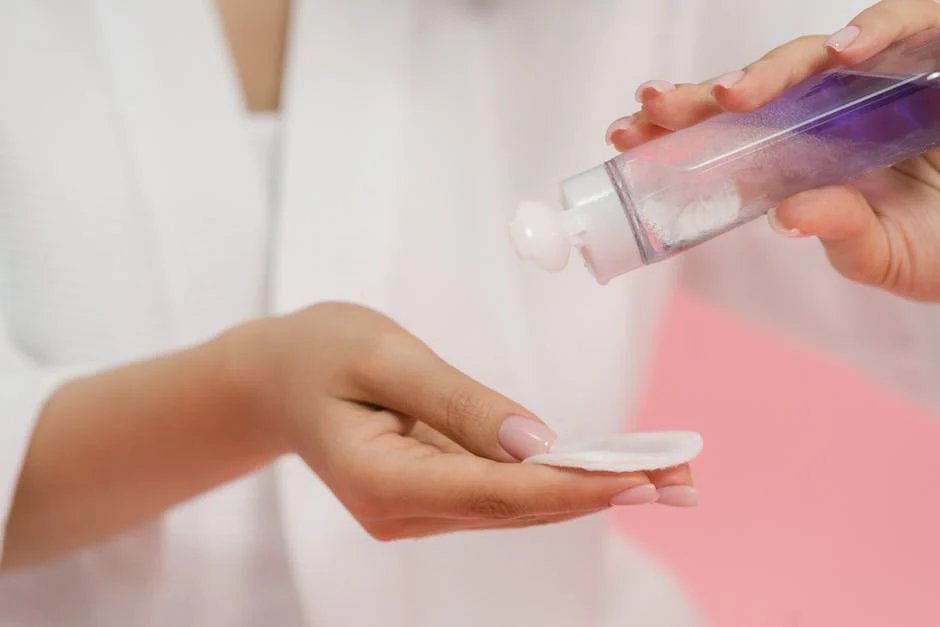Our Blog
Advances in Cholangitis Treatment: What Patients with Choledochal Cysts Need to Know
February 17, 2024
Understanding Cholangitis and Choledochal Cysts
Cholangitis is a serious condition caused by an infection in the bile duct. It can lead to symptoms such as fever, jaundice, and abdominal pain. Choledochal cysts are abnormal sacs in the bile ducts, and they can increase the risk of cholangitis. Choledochal cysts are most commonly found in children. If left untreated, cholangitis and choledochal cysts can lead to serious complications, so it’s important to seek medical attention if you experience any symptoms.

Common Symptoms and Complications
Choledochal cysts often cause symptoms like abdominal pain, jaundice, and fever. Over time, these cysts can lead to complications such as pancreatitis, cholangitis, and even an increased risk of developing cancer in the bile ducts. Prompt treatment is essential to prevent these complications from worsening.
Diagnostic Tests for Cholangitis and Choledochal Cysts
If you’re dealing with cholangitis or choledochal cysts, you may need to undergo diagnostic tests to determine the best course of treatment. These tests typically include imaging studies like ultrasounds, MRCP, CT scans, and ERCP, as well as blood tests to check for signs of infection or inflammation. The results of these tests will help your healthcare team make an accurate diagnosis and develop a treatment plan tailored to your specific condition.
Traditional Treatment Approaches
Traditional treatment approaches for choledochal cysts have typically involved surgical resection of the affected area to remove the cyst and reconstruct the biliary system. This procedure is considered the standard treatment for choledochal cysts. Additionally, in cases where complications have arisen, such as recurrent cholangitis or pancreatitis, further interventions may be necessary to address these issues. However, advancements in minimally invasive techniques have led to the development of laparoscopic and robotic-assisted surgical approaches, which offer patients the potential for reduced post-operative pain, shorter hospital stays, and quicker recovery times.
Advances in Cholangitis Treatment
Cholangitis treatment has advanced in recent years, offering new options for patients with choledochal cysts. These advancements can provide improved outcomes and better quality of life for individuals dealing with this condition. It is important for patients to be aware of these developments as they consider their treatment options and work with their healthcare providers to determine the best course of action.
Minimally Invasive Procedures and Endoscopic Techniques
Minimally invasive procedures and endoscopic techniques are revolutionizing the treatment of choledochal cysts. These advanced approaches involve using small incisions or natural body openings to perform surgery, leading to faster recovery times and reduced risk of complications. Endoscopic techniques, such as ERCP (endoscopic retrograde cholangiopancreatography), allow doctors to diagnose and treat conditions using a flexible scope inserted through the mouth. These procedures offer patients with choledochal cysts less pain, shorter hospital stays, and quicker return to daily activities.
Surgical Options for Choledochal Cysts
Surgical options for choledochal cysts typically include complete cyst excision with hepaticojejunostomy or hepaticoduodenostomy. Laparoscopic surgery is often preferred due to its less invasive nature and faster recovery time. This type of surgery involves making small incisions in the abdomen and using a camera and specialized instruments to remove the cyst. Open surgery may also be necessary in some cases, particularly if the cyst is large or if there are other complications. While laparoscopic surgery offers several advantages, the specific surgical approach depends on the patient’s individual condition and the expertise of the surgical team.
Recovery and Rehabilitation
After cholangitis treatment, patients with choledochal cysts need to focus on recovery and rehabilitation. This typically involves following the doctor’s post-treatment guidelines for rest, medication, and diet. Patients may need to attend regular follow-up appointments to monitor their progress and ensure that they are healing properly. Physical therapy could also be recommended to aid in regaining strength and mobility, especially if surgery was involved in the treatment. Additionally, patients should be mindful of any potential complications and contact their doctor if they experience any unusual symptoms.
Post-Treatment Care and Follow-Up
After cholangitis treatment, it’s essential to follow your doctor’s advice for proper care. You may need to schedule regular check-ups to monitor your condition and ensure a smooth recovery. Your doctor will guide you on any specific post-treatment care requirements, such as dietary restrictions or medication. Be sure to inform your doctor promptly if you experience any unexpected symptoms or concerns. Regular follow-up appointments are crucial for monitoring your progress and addressing any issues that may arise.
Conclusion: Looking Ahead for Patients with Choledochal Cysts
As research continues, there is hope for improved treatment options for patients with choledochal cysts. The advancements in cholangitis treatment offer promising prospects for the future. With ongoing developments, patients can anticipate a more targeted and effective approach to managing choledochal cysts, potentially leading to better outcomes and improved quality of life. Always stay informed and consult with your healthcare provider to stay updated on the latest advancements in treatment options.